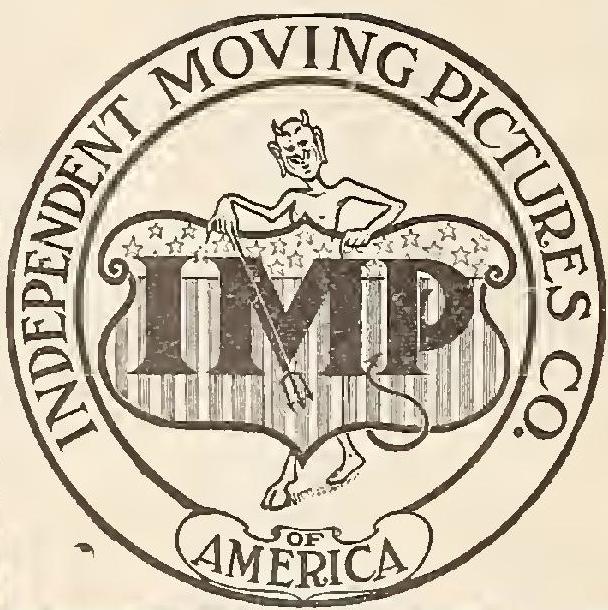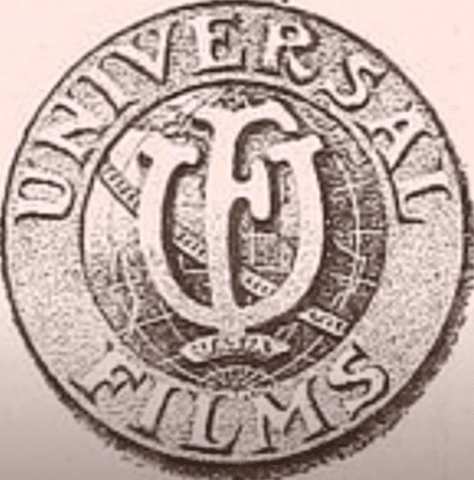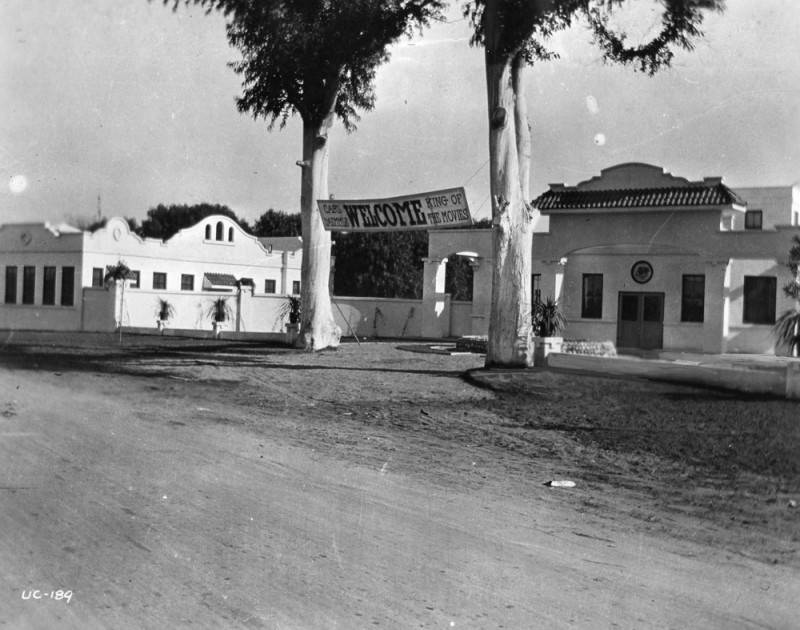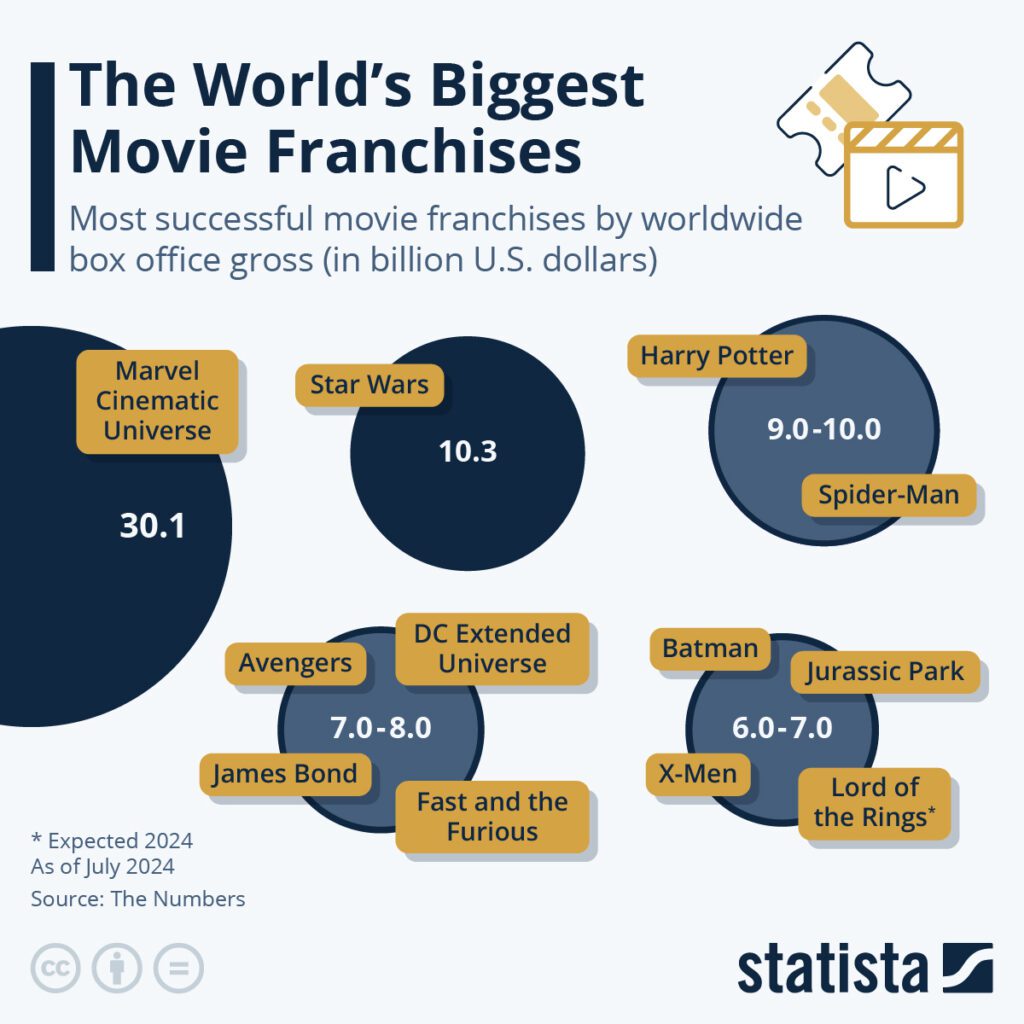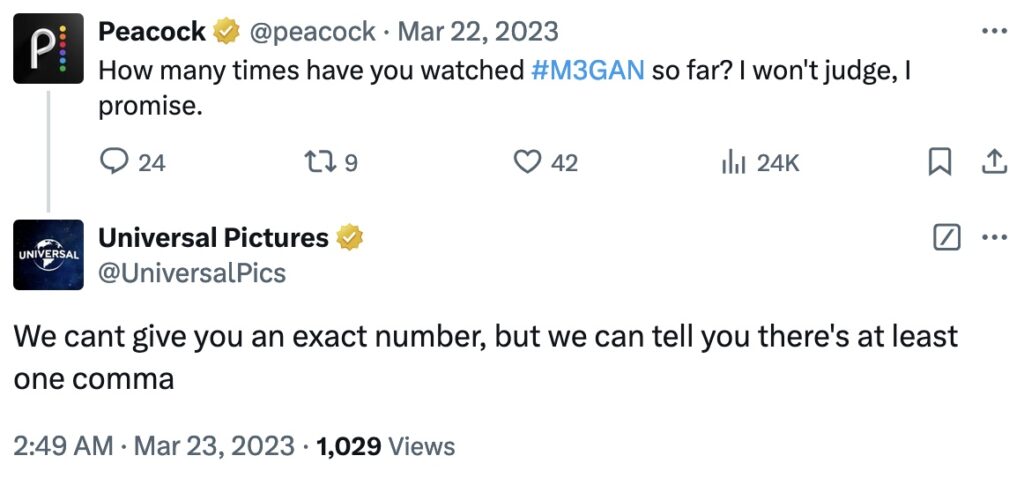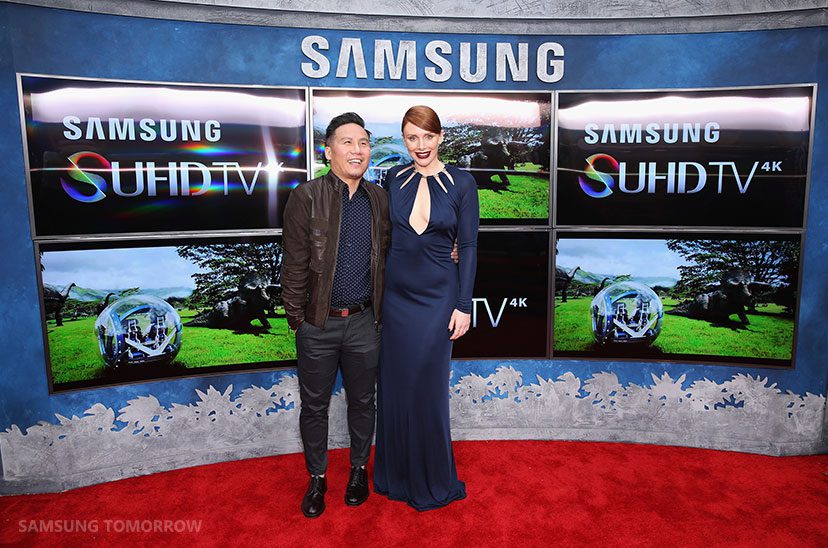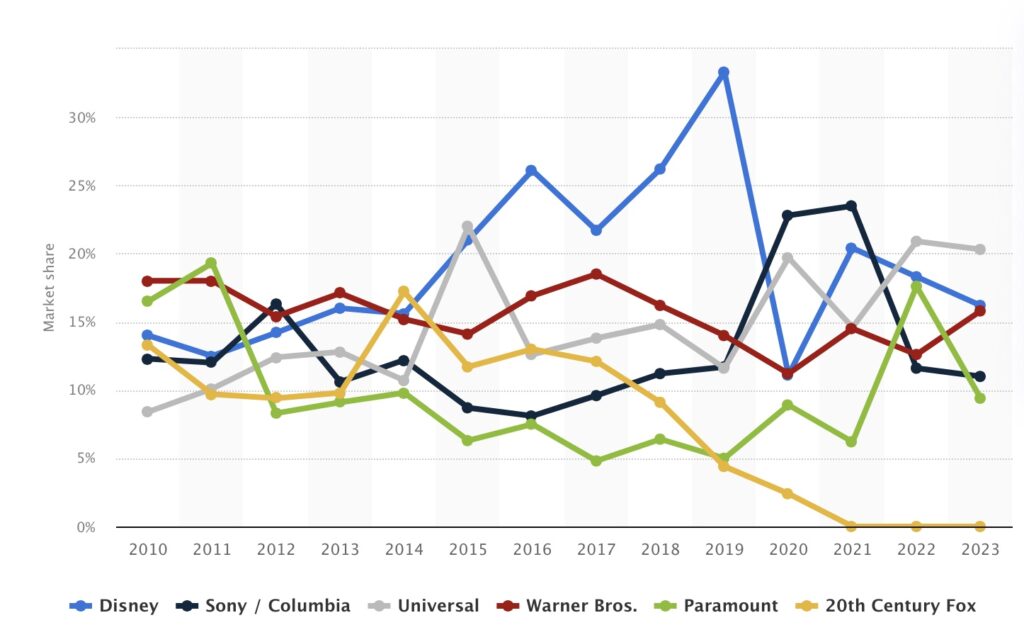Universal Pictures’ Marketing Playbook: What Made Them A Box Office Giant
The movie business is fiercely competitive. The expectations keep changing. The audiences and their expectations from movies keep changing. Amidst all this, there is one studio that stands out as a powerhouse of success and innovation: Universal Pictures. As the longest-standing studio in the industry and a leader in market share in 2023, Universal has been the force behind blockbusters like Oppenheimer and legendary franchises such as Jurassic Park and Fast & Furious.

But what’s the secret behind their success, both in winning hearts and dominating the box office? In today’s blog, we delve into Universal Pictures’ marketing strategies, uncovering the branding tactics that set them apart. We’ll also break down some of their recent marketing campaigns to uncover valuable lessons for aspiring marketers.
The Universal Pictures Journey – How It All Started
The story begins in 1906 when Carl Laemmle started his first nickelodeon called The White Front on Milwaukee Avenue. Carl Laemmle’s vision revolutionized the motion picture industry.
Initially, his company was called the Independent Motion Pictures and with the subsequent mergers evolved into the “Universal Film Manufacturing Company”. More than a century and several acquisitions later, today the company stands as Universal Pictures, one of the leading film studios in the world.
Indeed, from a small studio challenging the status quo to a global entertainment leader, Universal Pictures has evolved tremendously.
Branding evolution
If there is one thing that stands out in the branding of Universal Pictures, it’s consistency. Yes, when Carl Laemmle launched a small business, the logo looked much different from what it does today. But ever since the company became the Universal Film Manufacturing Company, the logo has consistently featured a globe logomark. This was a symbolic representation of their vision to establish a global presence. Evidently, to date, this logomark has been adopted in the brand’s logo in some form!
The first image here was the initial logo of the Independent Moving Pictures and the second one was the logo used in 1912 when the company was renamed to Universal Film Manufacturing Company.
Finally, here is the current version of the logo which is a simpler and more modern design. Evidently, the current design has been optimized for adaptability since flat designs and minimalist logos look great in diverse applications both online and offline.
The current corporate logo is also an encapsulation of the fact that the film studio is now bigger and consists of multiple brands under its umbrella, like Illumination, Focus Features, and others. Hence a versatile logo works.
In addition to the consistent use of their logo, Universal Pictures has also used their signature logo animation with the iconic soundtrack which has become a well-recognized element among movie-buffs. Like the roaring lion logo animation of the Metro-Goldwyn-Mayer Studios.
Overall, the brand has cohesively sculpted an iconic identity comprised of multiple memorable elements that accurately capture the legacy of the brand.
In addition to their finesse in branding, their unique approach to marketing has helped them emerge as a market leader in a competitive segment.
Marketing Lessons to Take Away From the Growth & Evolution of Universal Pictures
1. The power of experiential marketing
The one area where market leaders like Disney, as well as Universal Pictures, have managed to excel is experiential marketing. Since experiential marketing has the power to transform passive audiences into fans by creating experiences that make the brand hard to forget, it makes a great investment.
Much like Disney’s globally renowned theme parks, Universal capitalizes on experiential marketing through its Universal Studios theme parks. The uniquely crafted experiences at these locations turn movie buffs into avid brand advocates for the Universal Pictures brand.
For example, to celebrate their recent movie Wicked, Universal created immersive experiences at various Universal Studios locations. Like the magical Emerald City experience at Universal Studios Singapore.
Besides, these entertainment hubs also help the brand convert their movies into cultural events. From walking through Diagon Alley to escaping dinosaurs on a water ride, these attractions allow fans to experience their favorite films in tangible ways.
On another note, Universal Pictures is one of the pioneers in engaging customers through real-world experiences. Universal’s foray into experiential marketing dates back to 1915 when it opened “Universal City” in Los Angeles, where audiences could tour film sets and observe movie-making firsthand.
KIMP Tip: Brands outside the entertainment industry looking to take cues from this strategy of Universal Pictures can create other immersive events. These can be in the form of pop-ups, tradeshows, conferences, and more. The idea is to create an interactive space to expose your audience to your products or services.
2. Focus on creating long-term value
What if you were to name some of the most iconic movie franchises? Perhaps you recall Fast & Furious, Jurassic Park, and Despicable Me? Universal Pictures owns these three and several more such successful media franchises.
Universal Pictures has managed to create some of the longest-standing franchises like these by balancing nostalgia, relevance, and innovation backed by consistent quality. Instead of merely rehashing old plots, Universal continues to gauge the pulse of the evolving film audience to introduce fresh storylines and characters to keep the franchises alive.
KIMP Tip: For brands looking to translate this approach of Universal, one idea is to create a strong product and build a steady reputation for it. This can then be followed by interconnected product lines, spin-offs, and extensions that keep their core offerings relevant over time. A well-built franchise, or brand ecosystem (like Apple’s and Samsung’s), can transcend industries, markets, and even generations, ensuring lasting impact.
3. Intuitive audience appeal
Some brands are niche-focused whereas others target a broader audience segment. Universal Pictures belongs to the latter. For instance, if you look at Disney, their focus is mainly the family audience. Hence most of their content, campaigns, and even park attractions are optimized for the family audience. Therefore, their movies and shows mostly cover limited genres.
However, things are different with Universal. They cater to a wider range of audiences of every age group and interest, whether it’s horror, action, comedy, or animation. This broader appeal has helped Universal carve out its unique space in the competitive entertainment industry. Instead of going by the industry norms, Universal continues to stand out with an approach that works for the brand.
For instance, take Universal’s association with the horror genre. This began in the 1930s with films like Dracula and Frankenstein. These classics established the studio as a pioneer in the genre and laid the groundwork for decades of success.
KIMP Tip: When it comes to promoting your brand, identify the right approach to audience appeal. If niche targeting works for your competitor it might not always work for your brand and for your long-term goals. Know what works and optimize your marketing strategies accordingly. While niche targeting is cost-effective, a broader audience appeal provides resilience against market fluctuations.
4. Strategic and timely pivots
Universal Pictures has consistently demonstrated its ability to stay ahead of industry shifts, particularly in content distribution. As audience preferences and market conditions evolve, so too has Universal’s approach to bringing films to viewers.
A good example of this adaptability is Universal’s partnership with Peacock, NBCUniversal’s streaming platform, which became pivotal in the post-pandemic era. With movie theaters closing or operating under stringent conditions during the COVID-19 pandemic, Universal recognized the need for alternative distribution channels and hence ventured into this partnership with Peacock.
With this multi-year partnership, Peacock continues to be the streaming partner for most Universal Pictures movies. This pivot not only expanded the distribution channels for Universal Pictures but also opened new opportunities in the form of original movies created for Peacock. On the whole, this collaboration has helped both brands grow together.
KIMP Tip: Universal’s growth demonstrates that staying relevant requires flexibility and foresight. Additionally, it also takes the ability to adapt to changing consumer behaviors and market conditions. To pivot based on these changes, you have to embrace new technologies, shift your content distribution channels, or overhaul your overall marketing strategies.
5. Right brand collaborations at the right time
Universal Pictures has a knack for finding the right brand partners for their various ventures. The choice of brands as well as timing proves to be fruitful to them most of the time.
For example, to reignite the popularity of their Jurassic Park franchise when their Jurassic World movies started trending, Universal entered into a cross-platform partnership with Samsung.
Similarly, for each of their big movie release, Universal identifies strategic brand partnerships to diversify their reach as well as to experiment with various product placements.
KIMP Tip: Brands can learn from Universal’s approach by identifying partnerships that go beyond mere exposure. The key is to aim for partnerships where both brands can tell a shared story or benefit from mutual innovation.
6. Scaling promotions up and down to fit the story
Sometimes a movie’s promotions create more buzz than the movie itself. Whereas in other cases, even without crazy promotion tactics, a movie becomes a blockbuster! Universal Pictures has always attained a balance between these two.
They know when to scale up and win hearts with bold publicity stunts. Take the promotions for their movie The Fall Guy for example. The video here demonstrates an actual stunt performed by the movie’s stunt team on a massive billboard in Sydney.
Or their decision to partner with a whopping 400+ brands to create buzz for their recent hit, Wicked.
In fact, such instances of massive marketing investments and guerilla marketing moves are not new to Universal. There are reports of some unique buzz-creating stunts from Universal to promote their decades-old movies like Dracula’s Daughter (1936), and others.
Yes, Universal Pictures knows how to go viral. But they also know how to tone it down and let the brilliance of the content, the magnificence of the story, and the nuances of the art shine. For example, consider Universal’s approach to promoting their recent masterpiece – Oppenheimer.
For the Oppenheimer promotions, the brand established a strong social media presence and provided fans with regular updates. The campaign remained overall interactive. However, there were no flashy campaigns executed to create a buzz. Given that there is a religious fan following for Christopher Nolan with most critics and fans considering his movies as works of art, Universal Pictures chose to let his techniques do the talking. They let his finesse in movie-making promote the movie.
KIMP Tip: Learning from Universal’s scaling strategy, brands should understand that marketing isn’t a one-size-fits-all approach. Sometimes, you need to go big with extensive partnerships and events. And other times you need to go low-key with a more focused content-rich campaign optimized for a targeted audience.
7. Capitalize on cultural moments
The best thing about Universal Pictures is that they don’t have a rigid approach to marketing. They know when to hop on trends, and when to stick to timeless strategies that work for their brand.
For instance, when there were social media conversations where fans discussed a striking resemblance between Denver Nuggets star Nikola Jokić and Despicable Me’s Gru, Universal came up with a creative campaign featuring Nikola Jokić. This campaign was to promote their recent movie, Despicable Me 4.
This fun and timely collaboration was a big hit and it was received warmly on social media. Nikola Jokić himself leaned into the conversation by dressing up as Gru for a playoff game.
In short, a timely adoption and a relevant collaboration resulted in something unique and memorable.
KIMP Tip: From Universal’s approach it is clear that social listening is a valuable tool for brands. When you know when, where, and what your customers are talking about your brand, you can create some of the most engaging campaigns.
Did Their Efforts Pay Off?
Universal Studios has steadily been churning out several box office hits every year. And not to forget the various Oscar and Emmy nominations too! In addition to this, for two consecutive years, in 2022 and 2023, Universal Pictures also became the market leader in the United States and Canada.
All of these numbers indicate that Universal Pictures’s marketing efforts and their unique branding strategies did pay off, after all!
Take Cues & Transform Your Marketing Game
From capitalizing on diverse digital and offline channels to consistently representing their brand across touch points, Universal has been doing things right with branding and marketing. Taking cues from the brand, if you wish to refine your approach as well, you need a steady and dependable design workflow to back you up. That’s where a long-term solution, like an unlimited design subscription (like KIMP) comes in.
Register now for a free 7-day trial to understand how a design subscription can transform your marketing game!

